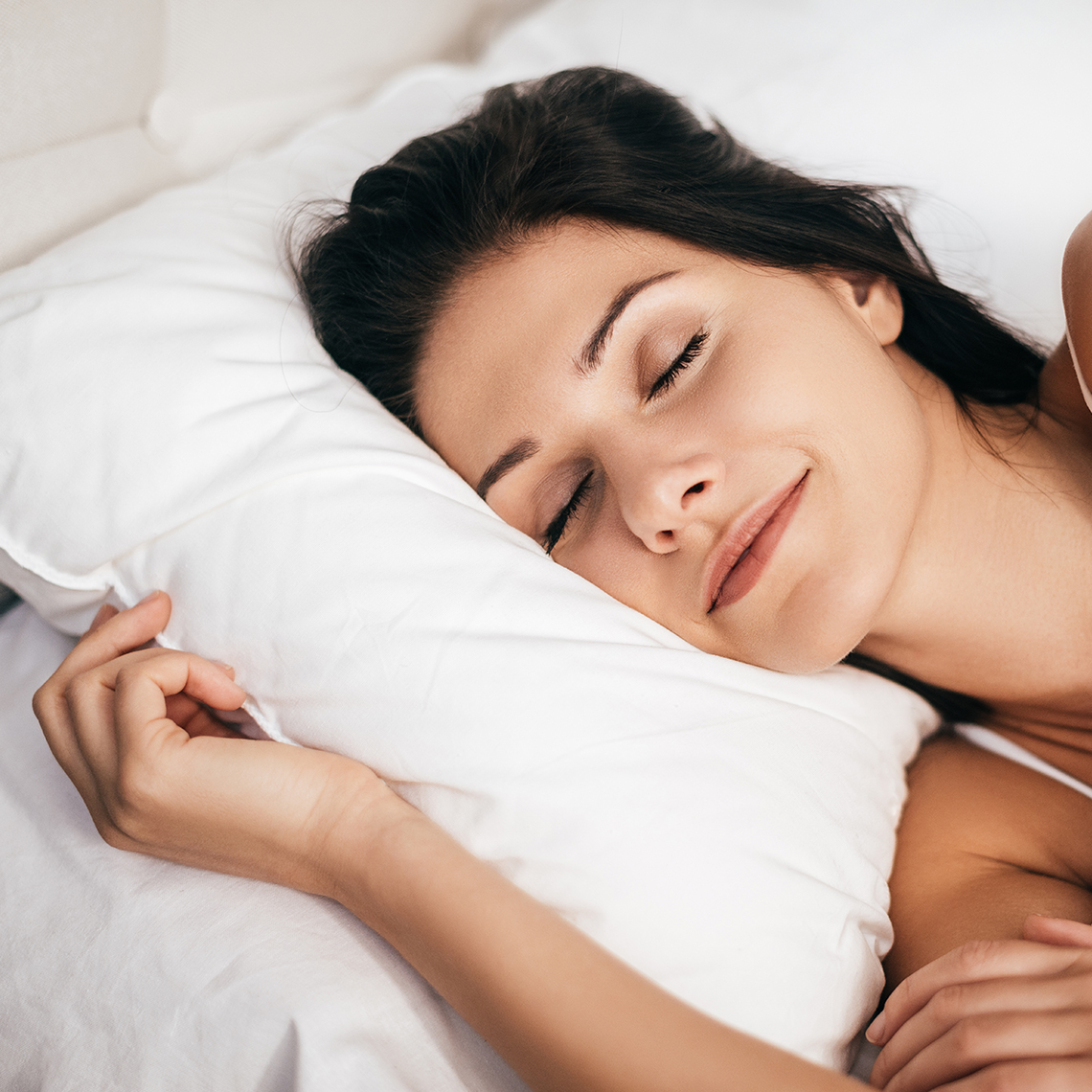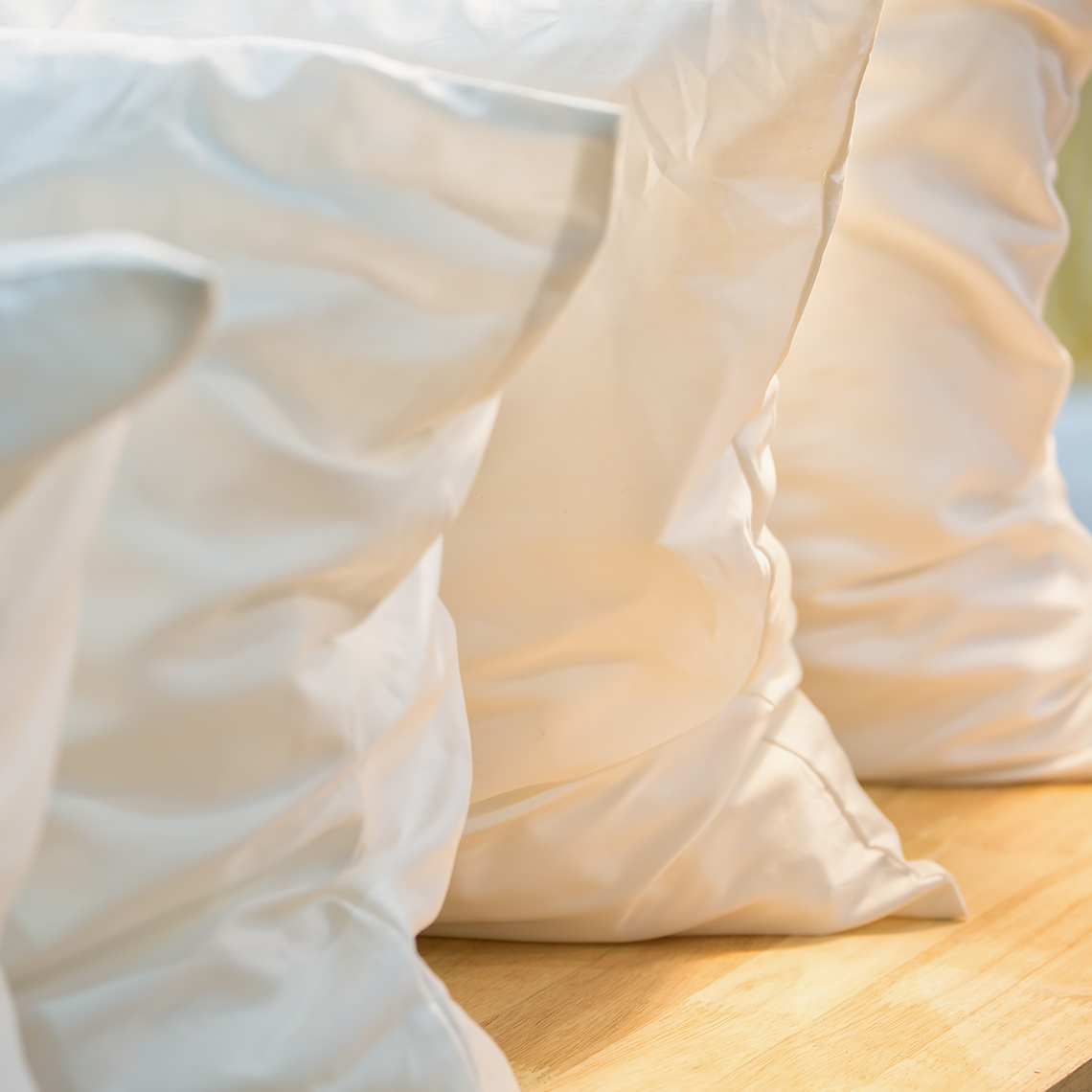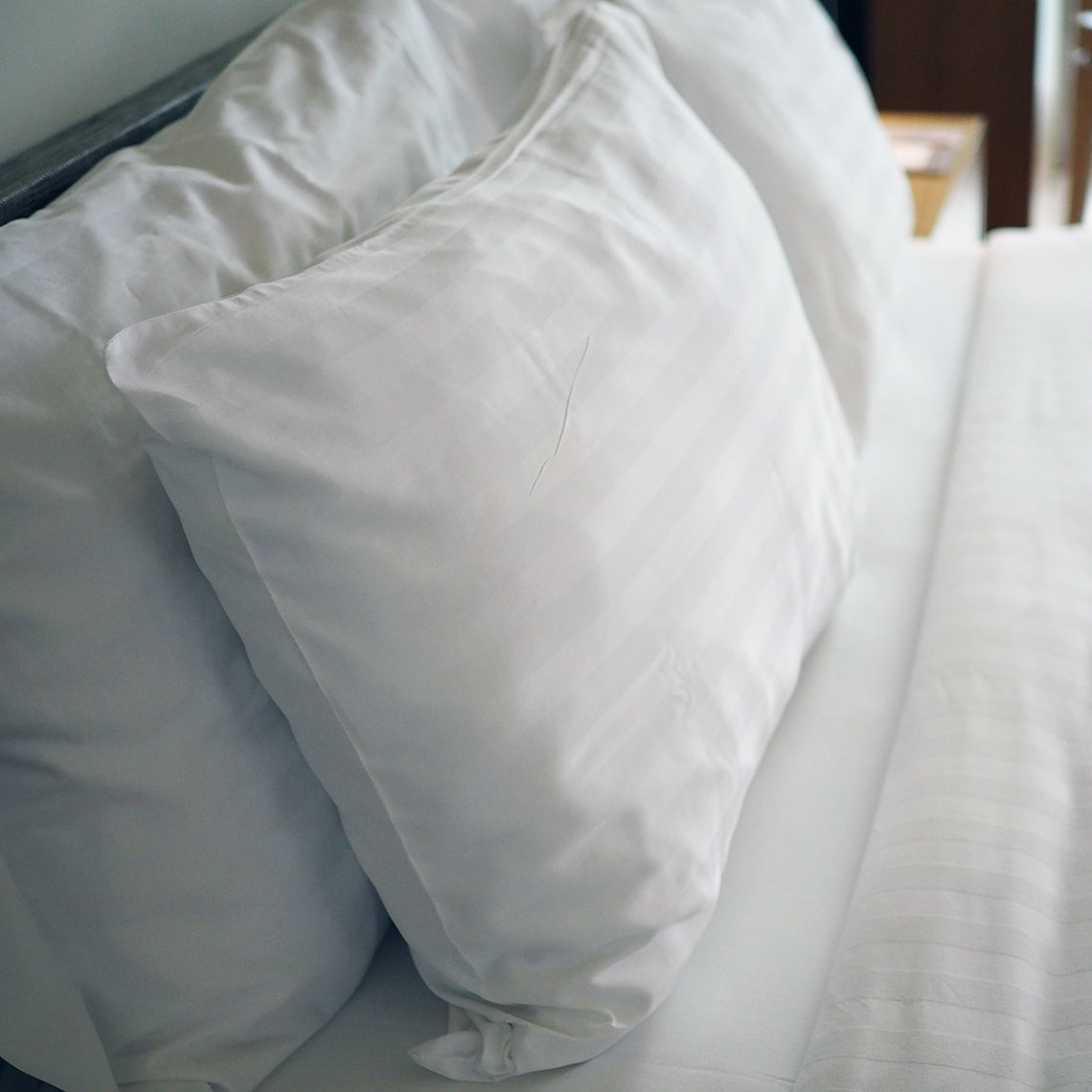Pillows Buying Guide
Pillows Buying Guide
Choose the right Pillow for you
The saying 'rest your weary head' ties in perfectly with the type of pillow you choose. Whether you like your pillow to be soft, fluffy or firm, the most important thing is your comfort. How many of us have slept on either a flat surface, too many pillows or not enough pillows and woken up the next morning with a crick in your neck or that awful strained feeling - many of us underestimate the support that a pillow can give. The pillow is used for both rest and support - during sleep your muscles relax, and your pillow is there to keep your head in alignment with your spine as you sleep. Choosing the right pillow for our needs can make the world of difference to a good night’s sleep. The support your pillow offers you determines your comfort during the night - and the next day!

How do you sleep?
You may not know this, but the way you sleep determines what type of pillow you should choose. You sleep most comfortably when the muscles in your head, neck and back are relaxed, which is why you should think about the type of sleeper that you are when purchasing your pillow.
Side Sleeper - If you tend to sleep curled up on your side, your head and neck need to be in a higher position than they would be if you sleep on your front or back. Your head needs to be kept straight to ensure it is aligned with your spine. Side sleepers need to make sure that the space between your head and neck is filled. For people who sleep on their sides, we would recommend a firm pillow to keep your neck aligned with your spine.
Back Sleeper - If you tend to sleep on the flat of your back, we would recommend a pillow with medium support to your shoulders, helping to maintain a comfortable sleeping position. Soft pillows with natural filling such as goose feather or down tend to be the best choice for back sleepers as these types align your neck and head perfectly, giving you the best night’s sleep.
Stomach Sleeper - If you sleep on your stomach, your head should be in a lower position to avoid straining your neck while you sleep. If the pillow is too high your spine will not be in alignment with your neck which could cause problems when you wake up. A pillow with soft support is recommended for you as this reduces muscle tension and pressure on your neck.
Types of Fillings
Hollowfibre, microfibre or a blend of both are both hypoallergenic and extremely easy to care for. People who tend to suffer from allergies or are sensitive to dust are likely to choose a synthetic pillow due to its hypoallergenic material. Natural fillings include duck and goose feathers and down. These types of pillow fillings breathe easily and mould around the shape of the head to create a comfortable and cosy sleeping experience.


Sizes
Although sizes may vary from pillow to pillow, exact measurements of the pillow will be stated clearly on the packaging. The approximate standard size is 48cm x 75cm.
Pillow Care
Always protect your pillow with a pillow protector case - soft and comfortable, pillow protectors are fitted around your pillow, protecting your pillow further as well as adding extra comfort. It is recommended you replace your pillow every 6 months to 1 year - however this depends on the filling of the pillow and how comfortable a night's sleep is.

